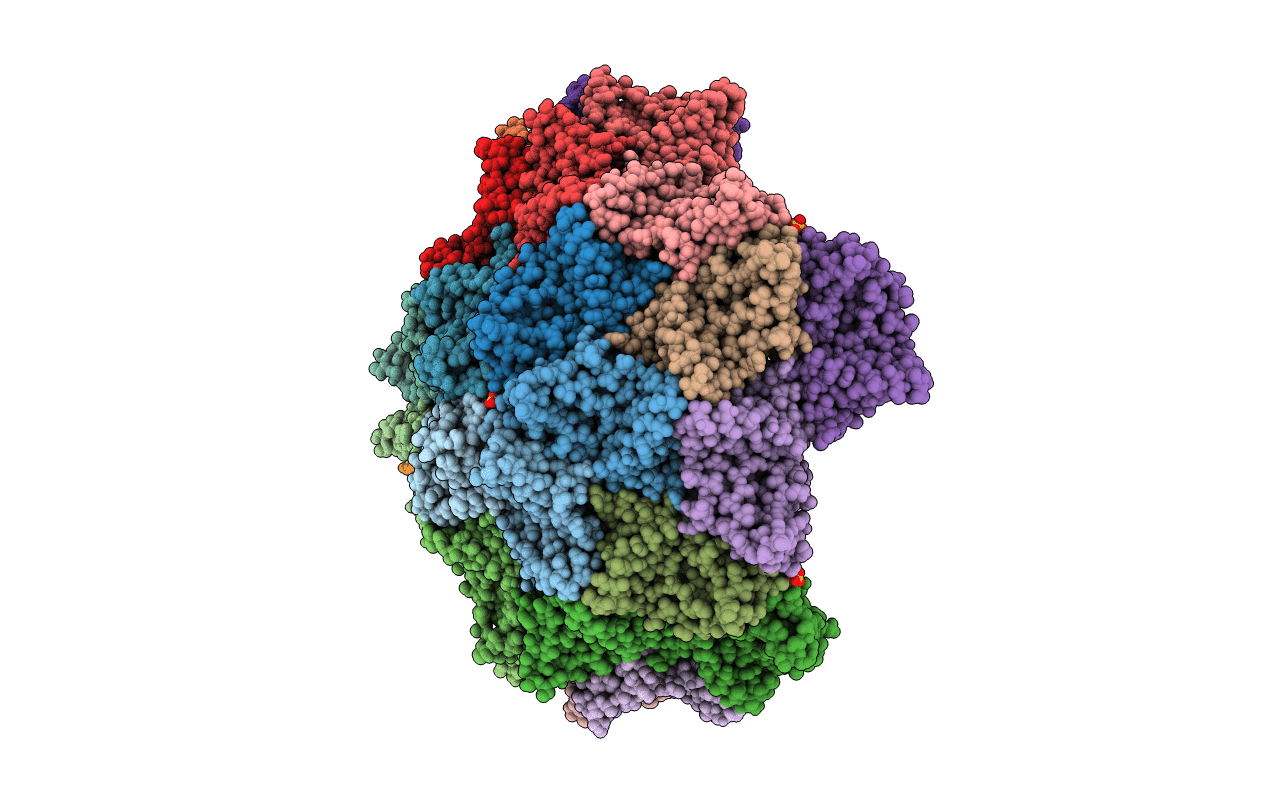
Deposition Date
2015-02-11
Release Date
2016-01-20
Last Version Date
2024-10-23
Entry Detail
PDB ID:
4Y4Y
Keywords:
Title:
T=1 capsid structure of SeMV Ndel65CP fused with B-domain of S. aureus protein SpA at the N-terminus (C2 crystal form)
Biological Source:
Source Organism:
Staphylococcus aureus (Taxon ID: 93061)
Sesbania mosaic virus (Taxon ID: 12558)
Sesbania mosaic virus (Taxon ID: 12558)
Host Organism:
Method Details:
Experimental Method:
Resolution:
3.00 Å
R-Value Free:
0.19
R-Value Work:
0.17
R-Value Observed:
0.18
Space Group:
C 1 2 1


